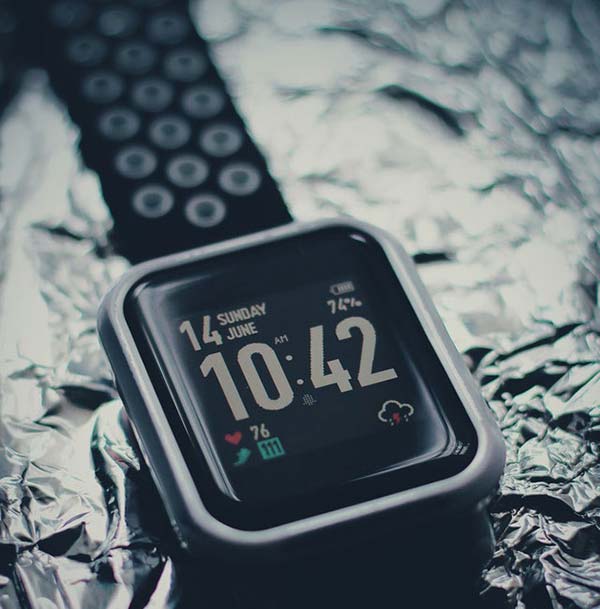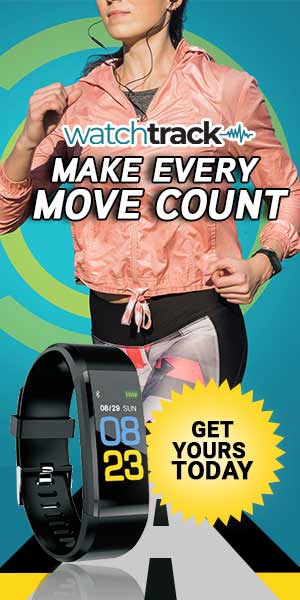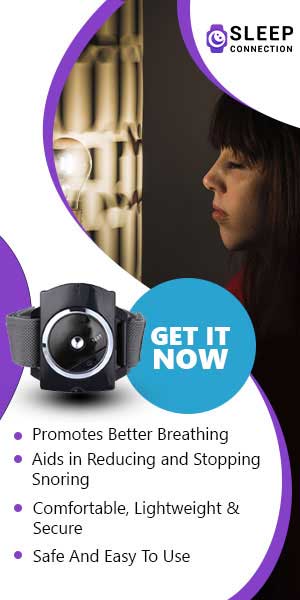
How Do Fitness Trackers Track Steps
Fitness trackers have grown in popularity in the last five years. Today, around one in five U.S. adults say they often use a wearable fitness tracker or smartwatch to count their steps. How do fitness trackers track steps? Are they accurate? What are the benefits of wearing these devices, and are they affordable? Let’s take a look.
What is a Fitness Tracker?

There are dozens of fitness trackers on the market today. These devices have exploded in popularity as tools to help people lose weight, stay fit, or simply get moving during a sedentary lifestyle. PC Magazine defines fitness trackers as “A wrist-worn device that can detect some combination of walking steps, running distance, heart rate, sleep patterns, and swimming laps.” But this definition is slightly incorrect; today, we have fitness tracking devices that can be worn on your finger, like the Motiv ring. New devices are being created all the time, like the Fitbit Zip that clips to your clothing.
Some of the brands manufacturing the typical wrist-worn devices include:
- WatchTrack
- Fitbit
- Garmin
- Jawbone
- Misfit
- MyFitnessPal
- TomTom
- Wego
These digital electronic devices track all kinds of exercise and fitness metrics, from walking and running to heartbeat, sleep, temperature, and calorie consumption. Fitness trackers are essentially miniature computers that you can wear that can sync through the internet to online software. They are fundamentally souped-up versions of the old pedometers that many of us wore a decade ago. But how do these fitness trackers track steps?
How Does a Fitbit Track Steps?

When you purchase a fitness tracker, it’s important to input physiological information such as your gender, height, and weight. This will help your device do a better job collecting and understanding the data it collects.
Many fitness trackers track steps by using minute sensors called a 3-axis accelerometer that captures the movements of the body and records it as data in the tiny computer sitting quietly on your arm. These sophisticated digital sensors measure the patterns of your movement intensity, acceleration, duration, and frequency then send it to the device, which interprets it as steps.
Here’s where it gets complicated. Wareable describes some of the newer fitness trackers as doing some pretty sophisticated stuff. The Fitbit Charge 2 uses optical sensors that shine a light on the skin and measure your pulse. Literally, this sophisticated tool lights up your capillaries, and a sensor measures how much and how fast the blood is pumping through your veins, or, in layperson’s terms, your heart rate.
Remember, these devices have only been around a decade or so. Like the internet and everything else computer-related, they’re going to get smaller, more sophisticated, faster, and hopefully, a lot more accurate.
Are Fitness Trackers Accurate?

If you’ve been relying on your fitness tracker to accurately track your steps, you might be in for a shock. The Verge breaks the bad news:
“If you’re one of the many people who wear a fitness band or smartwatch to count your steps, you may not be aware of one inescapable fact: they lie. Just because they tell you that you’ve reached your daily goal doesn’t mean that you actually took that many steps. The sad truth is that these devices can undercount or overcount the number of steps that you take in a day. In fact, your counts can differ widely depending on which brand you’re using.”
Sorry! The truth is, if you wear two different fitness trackers on each wrist, at the end of the day, they will be unlikely to agree on the amount of activity you put in. The sensors aren’t by any means perfect—yet.
Inside the sensors are computer algorithms that translate the raw data the device thinks it picks up into statistics, like how many steps you walked that day. Because every computer algorithm is different, that interpretation will also be different. It’s frustrating, really. One device will interpret the small movement of your wrist as the swinging motion you make as you walk. But another device will have a different interpretation.
Too, these devices aren’t supposed to track any motion that isn’t walking or running. They may not always be successful at this. For example, banging a hammer could create a vibration that your fitness tracker interprets as walking. Everything from preparing food to petting your dog could trigger the device to record a step.
When you get home from your (inaccurate) walk, the fitness tracker will connect through your Wi-Fi to cloud software from the manufacturer. (Or, you may need to sync the device through your computer.) The cloud software app is the final link in how the fitness tracker tracks steps. When you log-in to the manufacturer’s website, you’ll likely see a dashboard that shows whatever physical metrics you’re tracking. Some apps give you helpful suggestions based on these numbers, like, “You better speed it up tomorrow.” (That’s a joke.)
These dashboards can be helpful if you’re trying to achieve a health goal. Some insurance carriers have you sync your devices to their platforms, and as you get to a certain number of steps, they reward you with money off your insurance premium.
An article on the Johns Hopkins Medicine website points out that it doesn’t really matter if these devices aren’t 100% accurate because the studies show that if you use a fitness tracker to track your steps, you will increase your exercise levels. The idea is that these devices get you up and moving, changing bad habits, and replacing them with good ones to improve your health.
How to Improve the Accuracy of Your Fitness Tracker

Photo by Ketut Subiyanto from Pexels
You can improve the accuracy of how your fitness tracker tracks steps. However, there is one vital point to consider: It doesn’t matter. Not really. If the goal is to increase your activity, and you know that you worked a little harder than yesterday, it’s a win for you and your blood pressure. With that said, you can do these four things to improve how your fitness tracker tracks steps:
- Read the manual and follow the manufacturer’s instructions carefully. If you use the device correctly, you’ll be more likely to increase the accuracy of your step count.
- Put the device on your non-dominant hand. For example, if you’re right-handed, wear the tracker on your left arm. Your dominant hand is busy doing things all the time, like typing on the computer or scrubbing the dishes. This will open the door to tracking mistakes.
- Wear the fitness device firmly on your wrist. It may be uncomfortable until you get used to it. If your fitness tracker flops loosely on your wrist, your step count will be less accurate. It will also give you a false reading or prevent your heart rate sensors from working well.
- Log any times you are not active. Say you work out with a walk right before work. Jot that step count down. If you’ve been sitting at work all day and that number increases due to an algorithm miss-read, just deduct those steps at the end of the day. You can even average these over a few weeks to determine the general number of steps that are misinterpreted every day so your step count overall can be more accurate.
Best Fitness Tracker – Under $50

Photo by Ketut Subiyanto from Pexels
If you’re looking for an affordable fitness tracker that costs $50 or less, it may not be a Fitbit. But, you do have several options. Some of the most feature-rich fitness trackers that won’t break your budget include:
- WatchTrack Fitness Tracker
- Letsfit Smart Watch
- LETSCOM Fitness Tracker
- YAMAY Smart Watch
- Lintelek Fitness Tracker
Knowing how fitness trackers track steps will help you begin to keep a more accurate daily journal of health activities. Fitness trackers are great tools to help you get healthy and stay on track with a fitness routine.













